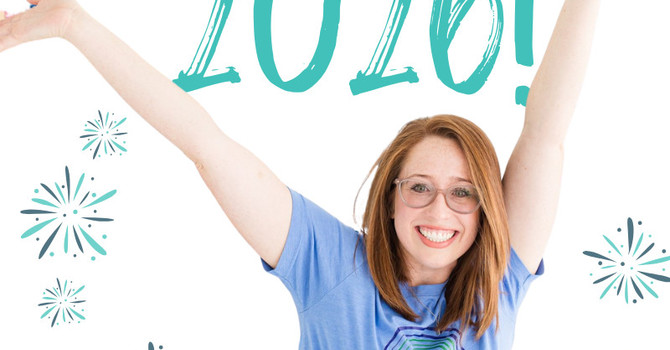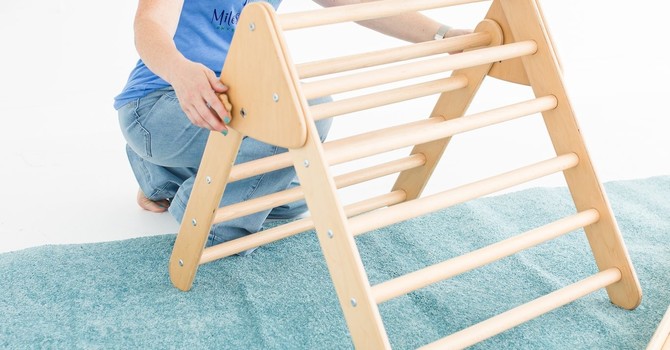
Oh My goal with these checklists is to create a resource for parents, a resource that provides both the age-appropriate milestones AND purposeful play ideas on how to help your little one stay on track. There is so much information out there, sometimes information overload, and having this in one place I hope it makes your parenthood journey a little easier.
Newborns are taking it all in and experiencing gravity outside the womb for the first time. Their little head and neck will adjust and by 2 months they will begin to prop themselves up on their elbows in tummy time and hold their heads up in supported sitting. Amazing, right!?
Starting a tummy time routine is very important and I highly recommend starting out with a few minutes of tummy time after each diaper change, if able. Remember, you want your little one to be alert and active during this time and always supervised. Rolling your little one from their back to tummy will help them adjust and orient to the position easily AND prepare them for rolling. Tummy time is a stepping stone to help strengthen the back, neck, shoulder, and arm muscles for those future gross motor skills. Tummy time does not have to be boring and flat on the floor! It can be on your chest during skin to skin, in a wrap or baby carrier (be sure to check your baby carrier height/weight requirements), or on the floor elevated on a boppy pillow or rolled towel. Get down on the floor with your kiddo or position them safely where they can observe their siblings; their vision is still developing and your faces are the best toys!
While tummy time IS important, don't forget to encourage sidelying and play on their backs. Did you know sidelying play encourages development of those oblique muscles and helps your little one bring their hands together? In sidelying, positioning of toys, faces, or books to get your little one to look down and at a 45 deg angle will encourage them to activate those little, yet very important, neck muscles. On their back, their little arms and legs will start kicking and thrusting - they'll start to experience weight shifting on their own! Play on their back can be on the floor, on a play mat, or in your lap. In terms of gross motor skills, the goal of playing on their back is to develop the front neck muscles and upper and lower abdominals necessary for rolling and future gross motor skills.
One thing to remember, variation of toy placement and positioning of your little one is key when preventing a preference for one side. Some simple things you can do to help prevent a preference for one side: change up the side you carry your child, switch sides when nursing or when using the bottle, alternate sides when changing diapers, alternate position of toys between right and left sides during play, and change up the head of their bassinet or crib - all to encourage looking in both directions!
The newborn stage is an exciting one, so hang in there! If you have questions or concerns about your little one's development don’t hesitate to reach out. As a mom and a pediatric physical therapist, I am here to help! It is my goal to set kiddos and parents up for gross motor success and you can book a free discovery phone call! Stay tuned as I publish more blog posts with checklists from birth - 5 years of age!
And if you made it this far, thank you! And check out and follow, like, comment, etc. our social media accounts. I appreciate it!
Instagram: @milestonesatplay
Facebook: Milestones At Play
TikTok: @milestonesatplay



